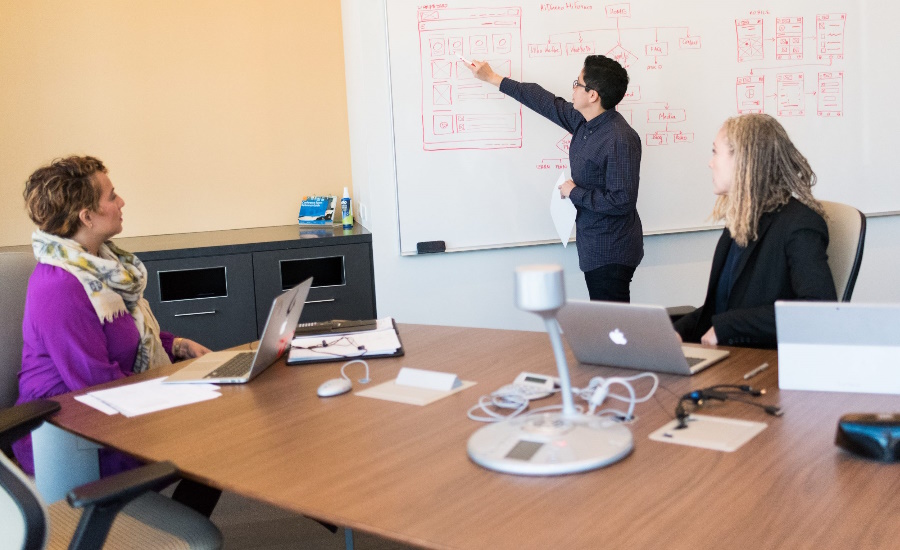
Design of Experiments (DOE) is a method used to determine the relationship between factors affecting a process and the output of that process. DOE helps manufacturers to understand their processes better and make informed decisions, providing a structured approach to problem-solving. However, it requires a good understanding of statistical methods and the ability to interpret results.
Quality control teams, engineers, and manufacturing professionals use the DOE methodology as a tool to guide their analysis and decision-making processes. With this method, they plan, analyze and interpret controlled tests to gauge the factors that control the value of a parameter or group of parameters.
For example, in an effort to enhance the strength of a metal alloy for automotive parts, a manufacturing team might conduct a full factorial DOE, testing combinations of heat treatment temperature, cooling rate, and carbon content percentage. Their analysis may reveal that a medium heat treatment temperature, fast cooling rate, and 3% carbon content produce the strongest alloy, informing a pivotal change in their production process.
-
Setting up a DOE
Setting up a DOE starts with defining the problem. Engineers and quality control specialists identify the objective, whether it’s improving a product or a process. Next, they select factors for the study and decide on the type and range of data to collect. -
Selecting the Right Design
Several types of experimental designs exist, including full factorial, fractional factorial, and response surface designs. The choice depends on the problem complexity, the number of factors, and resource constraints. -
Conducting the Experiment
Conducting the experiment involves systematically changing the factors and observing the results. This step requires precision and attention to detail to ensure valid data. -
Analyzing the Results
After conducting the experiments, the next step is data analysis. This involves using statistical methods to understand the data and draw conclusions. The analysis reveals which factors are significant and how they interact. -
Implementing Changes
Based on the findings, manufacturers implement changes in their processes or product designs. These changes aim to optimize quality and efficiency.
DOE goes beyond simple testing, offering a structured and strategic approach to understanding and improving manufacturing processes.
منبع: https://www.qualitymag.com/articles/97774-how-to-conduct-a-design-of-experiments-doe